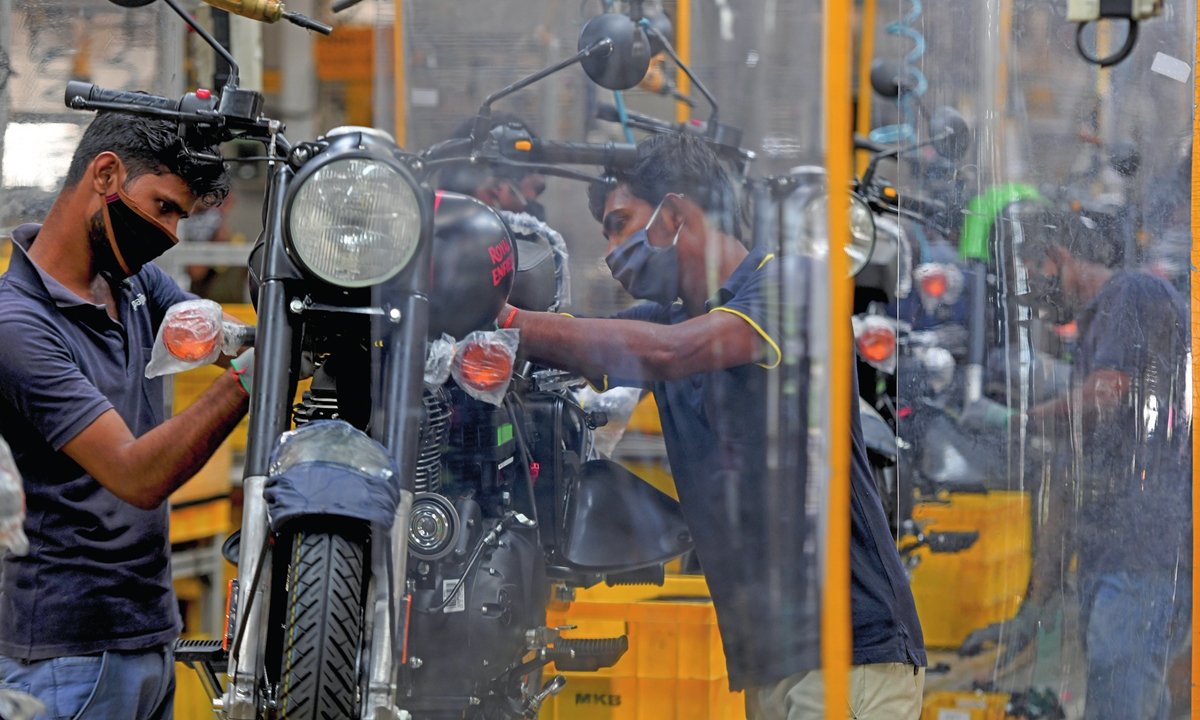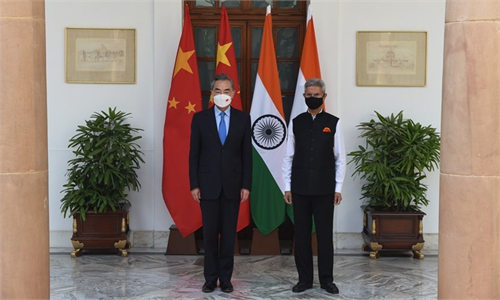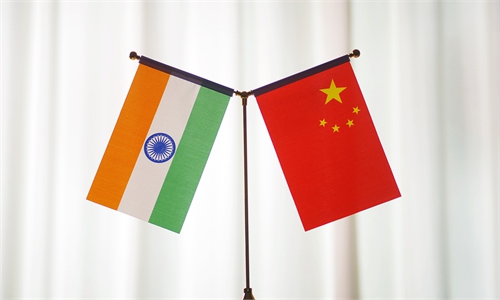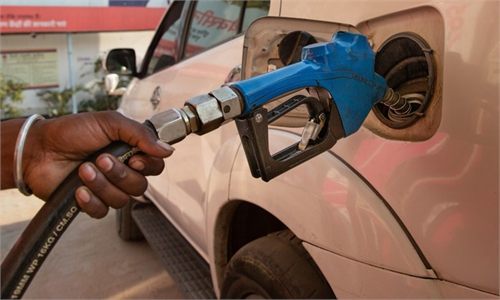Integrating into the regional industrial chain could boost India's auto parts industry

Workers assemble Royal Enfield motorcycles at a factory in Oragadam, India. File Photo: AFP
The ongoing conflict between Russia and Ukraine has added pressure on many supply chains across the world, including in the auto manufacturing sector. Challenging as it is, the situation has been seen as an opportunity for India's local auto parts manufacturers as they are pivoting "their business models to source more parts from within the country."
Leading India-based auto parts makers have been "forced to look at other de-risking options due to rising input costs, thereby giving the country an opportunity to become a major manufacturing hub," local news outlet, Economic Times, said on Sunday.
The seemingly ambitious goal of India did have foundations, as the country surpassed South Korea and became the fifth largest auto maker in 2016. In addition, during the first half of the country's 2021-22 fiscal year, the Indian auto parts industry saw a 65 percent growth, local news outlets reported citing data from the Automotive Component Manufacturers Association of India.
However, to fulfill the goal of becoming a global manufacturing hub, India needs to enhance its domestic development and, also crucial for India, accelerate its integration into the regional industrial supply chain and achieve a synergetic development with regional partners.
The Indian government has clearly pinned great expectations on the auto making industry, which has been the core of the "Make in India" campaign. It has launched policies to support the auto industry, including the sector of car components. For instance, New Delhi issued a notification regarding a so-called PLI scheme for auto and auto parts worth $3.5 billion in September 2021, which was expected to bring investment to the sector worth over $5.7 billion by 2026.
Though there are investment and policy supports in place, the growth of India's auto parts manufacturing is still facing multiple obstacles, like insufficient infrastructure, underskilled work force, a relatively low productivity of its automobile industry and the country's lagging in integrating into regional value chains.
In fact, the Asia-Pacific region has shaped up the main production chain of auto parts in the world, with China playing a leading role. Against this backdrop, it may be inevitable for India to enter the regional industrial supply chain in the future which is essentially in accordance with India's own interest.
Yet, one thing that needs to be pointed out is that the trend of India stepping up its manufacturing capacity of auto parts or engaging in regional development should not aim to replace the production capacity of other regional economies. Though many in the West, and in India, have been trying to play up the competition between China and India, both sides are not engaged in a direct rivalry on auto parts and many other manufacturing sectors.
Much more importantly, it is the industrial cooperation or industrial synergy that regional players should focus on, rather than fixating on competition. All the players in the Asia-Pacific region could realize faster growth through joining hands and giving a full play of the comparative advantages of each country.
It has become a clear trend that the global economic center is tilting toward the Asia-Pacific region. Not only has the region seen increasingly integrated industrial chains, but it is also growing into a colossal consumption market, especially with the Regional Comprehensive Economic Partnership (RCEP) coming into effect at the beginning of the year, which is by far the world's largest free trade pact covering 30 percent of the world's population and GDP.
With both upstream and downstream players, as well as potential markets within the region, the most important issue for all involved parties is to promote cooperation instead of seeking division which outside forces, like the US, may desire to see. As for regional players, divided industrial supply chains will only lead to lose-lose results.
The author is an editor with the Global Times. bizopnion@globaltimes.com.cn



